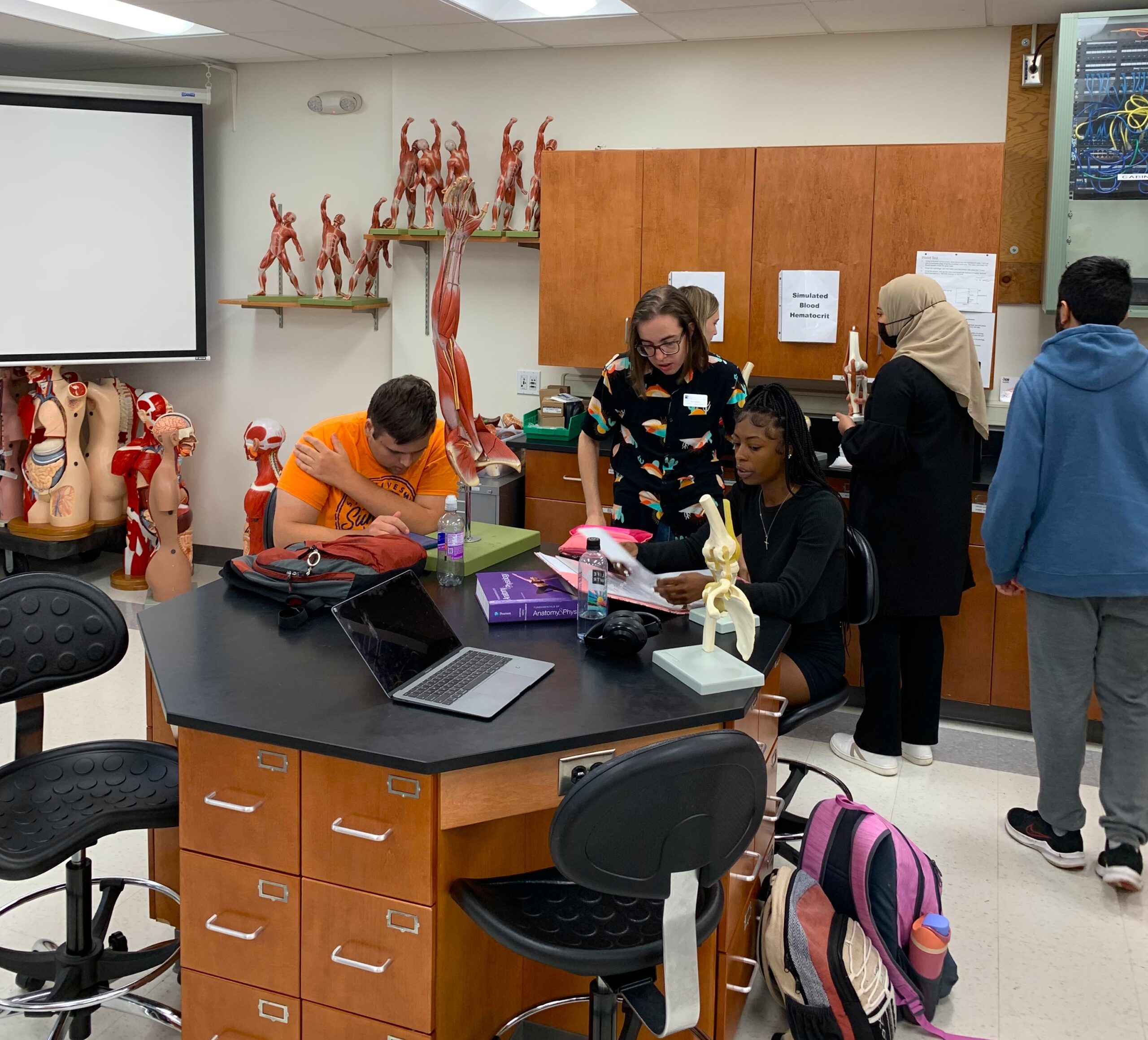President Obama’s $8 billion to fund job training for the unemployed

Kelly Glueck
-Managing Editor-
On Feb 13, President Barack Obama announced his proposal to provide more Americans with 21st century skills through a new $8 billion Community College Career Fund which will be co-administered by the Department of Labor and the Department of Education.
Secretary of Education Arne Duncan said on a conference call with the media that this fund will provide with the latest certification and training, invest in registered apprenticeships, support paid internships for low-income students and support new paid-for performance strategy to provide incentive and assure trainees find permanent jobs.
“Growing industries in science and technology have twice as many openings as we have workers that can do the job,” said Cecelia Munoz, White House domestic policy council director. “Think about that – openings at a time when millions of Americans are looking for work. It doesn’t make any sense.”
Once passed through Congress, this competitive program will create new partnerships between community colleges and businesses to aid the training and placement of 2 million workers in jobs in high growth and demand industries that will help power America’s economic recovery, according to Munoz.
The Department of Labor and the Department of Education plan to allocate a portion of the funds to states as well as reward the schools focused on workforce innovation. Duncan said, potentially, $500 million to $1 billion could be rewarded to exemplary schools.
Roderick Nunn, STLCC vice chancellor of workforce and community development, said if this bill passes, STLCC would be well positioned to compete for those dollars. He said community colleges plan to train 4,600 workers in the health care industry, which is suffering most from unfilled job positions; at STLCC, an additional 1,100 workers will be trained through courses developed and utilized by regional hospitals such as SSM, BJC and St. Luke’s Hospital.
“We work really closely with area hospitals on a pre-employment training program where we customize a curriculum to the hospital environment,” Nunn said. “We’ve had two classes with a total of 26 students and of that, we’ve had 20 job placements.”
STLCC has been awarded similar federal and regional partnership grants in the past such as Training for Tomorrow, MoHealthWINs and Graduate St. Louis to update and build community career resource centers.
According to STLCC Board of Trustees Chair Melissa Hattman, in the last 18 months, STLCC has responded to industry needs with the Harrison Center on the Forest Park campus, the new Corporate College and The Center for Workforce Innovation near STLCC-Florissant Valley.
“All of these [community career centers] were built to be able to provide training spaces and training programs to benefit the training and retraining of those in our community so that they are ready to take on new jobs that are necessary for a growing economy,” Hattman said.
Meramec President George Wasson said Meramec’s success as a community college relies on STLCC’s partnerships with business industries, such as SSM and many others. He said that he and each department head work closely with St. Louis Regional Chamber and Growth Association, the Kirkwood Webster Groves and South County Chambers of Commerce as well as small business partners in the area.
“We have a pretty good track record; I’m really proud of our faculty and our departments here. They work hard to develop those relationships and get our students jobs,” Wasson said. “They have a great deal of success.”
Wasson said one example is the interior design department. The department works with Kirkwood small business owners to build relationships and offer on-the-job opportunities.
“You can go almost anywhere in town and find students saying ‘Oh yeah, I went there and I did this.’ It’s pretty exciting,” Wasson said.
The Department of Labor projects 1 million job openings in the next decade for jobs in areas of health care, clean energy and information. It also predicts a half a million more in wages over the course of a lifetime for steady employees in those fields.
While unemployment is a national issue, the Obama administration said they would also like to meet the regional needs of the community.
According to Nunn, those regional needs include professions in health care, life sciences, aerospace and manufacturing, sustainable technology and information technology.
“We want to provide our industry partners with skilled workers and also we want to make sure that we are giving these adult learners everything they need to continue their education or take a different navigable career path,” Nunn said.
Wasson said that despite what happens when the budget is taken to the Congressional floors, it is rewarding to those that have dedicated their lives to the community college system to be recognized as a valuable means to create and improve America’s workforce.
“Over half of the undergraduates in the country have been in community colleges and it’s just under half of every college student — graduate, professional, undergraduate,” Wasson said. “So it’s something people are finally realizing that this is where a lot of education is happening, this is where people are getting access to higher education.”











